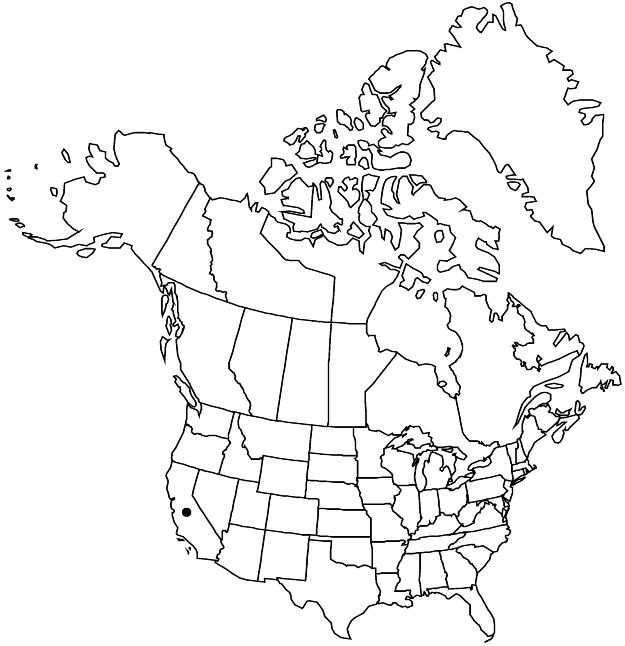Difference between revisions of "Ceanothus sonomensis"
Leafl. W. Bot. 2: 162. 1939.
FNA>Volume Importer |
FNA>Volume Importer |
(No difference)
| |
Revision as of 18:21, 24 September 2019
Shrubs, 0.5–1 m, often moundlike. Stems erect to ascending, not rooting at nodes; branchlets gray to grayish brown, rigid, strigillose, glabrescent. Leaves not fascicled; petiole 0–1 mm; blade cupped, widely obovate to suborbiculate, 5–12 × 2–10 mm, base cuneate, margins not revolute, wavy, spinose-dentate, teeth 2–4, apex widely notched; abaxial surface pale green or grayish green and glaucous, strigillose on veins, adaxial surface shiny green, glabrous. Inflorescences axillary or terminal, 0.8–1.5 cm. Flowers: sepals, petals, and nectary blue to lavender. Capsules 4–5 mm wide, usually not, sometimes weakly lobed; valves smooth, horns subapical, minute to ± prominent, erect, intermediate ridges absent. 2n = 24.
Phenology: Flowering Mar–Apr.
Habitat: Sandy to rocky soils derived mostly from volcanic substrates, slopes, ridges, chaparral.
Elevation: 100–700 m.
Discussion
Ceanothus sonomensis is distinctive in having spinose-dentate, few-toothed leaves, and slender fruit horns two to three millimeters; it occurs at a few scattered localities in the mountains of Napa and Sonoma counties.
Selected References
None.
